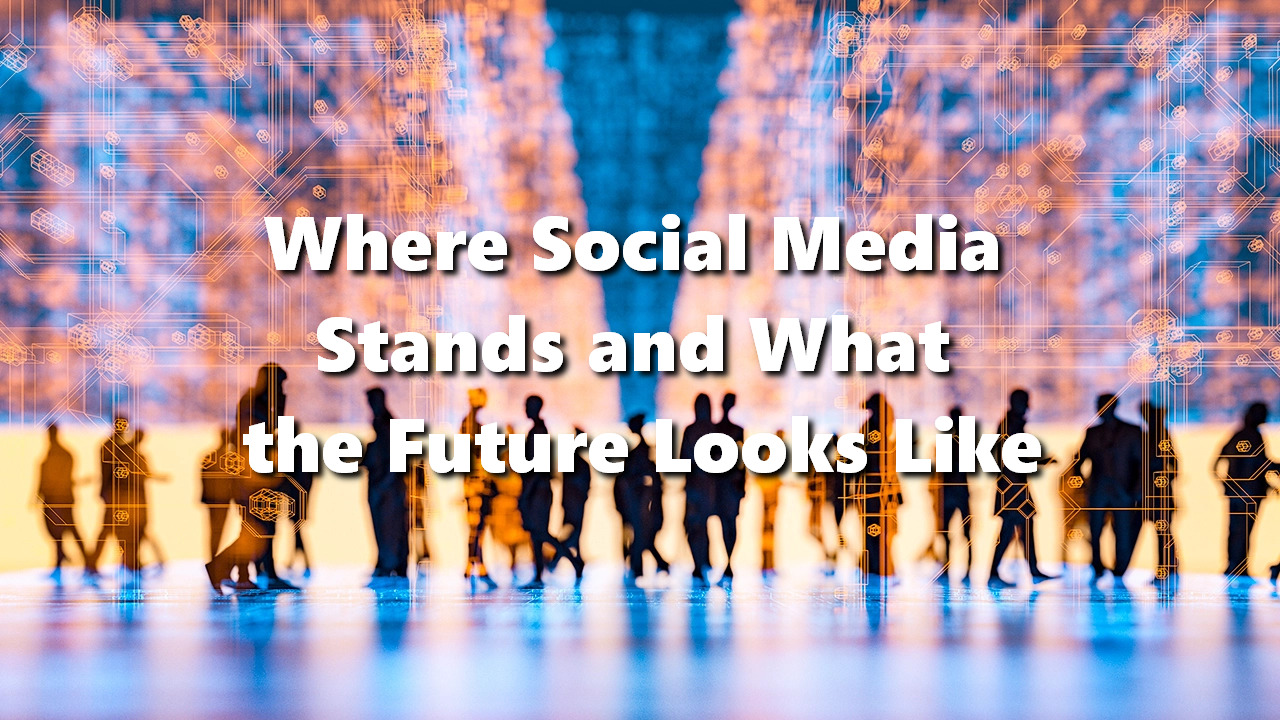Social media has become an integral part of our daily lives, with billions of people around the world using various platforms to connect with others, share content, and stay up-to-date with news and events. As of 2023, the most popular social media platforms in terms of monthly active users are:
Facebook: 2 billion
YouTube: 2.3 billion
WhatsApp: 5 billion
Instagram: 2.8 billion
TikTok: 1 billion
Pros and Cons of Social Media Nowadays

Pros
Communication: Social media provides a platform for people to communicate and connect with others around the world. This can help people build relationships, expand their social circles, and stay in touch with family and friends. Besides, Instagram offers many ways to boost followers on Instagram to communicate even with a bigger number of people.
Information: Social media is a powerful tool for accessing information and news about a wide range of topics, from current events to entertainment to education. Also, social media platforms such as TikTok, Instagram, and YouTube provide a wealth of entertaining content, including videos, photos, and memes. This is a great way to use an Instagram algorithm to grow an account.
Business: Social media is increasingly important for businesses to connect with customers and promote their products or services. Social media can be a cost-effective way to reach a large audience and build brand awareness.
Cons
Cyberbullying: Social media can be a platform for cyberbullying, with people using the anonymity of the internet to harass and intimidate others.
Privacy: Social media platforms often collect a large amount of personal data from users, which can be used for targeted advertising or sold to third-party companies. This can raise concerns about privacy and security.
Addiction: Social media can be addictive, with people spending hours scrolling through their feeds or checking notifications. This can be harmful to mental health and productivity.
Misinformation: Social media can be a source of misinformation, with fake news and conspiracy theories spreading rapidly across platforms. This can have real-world consequences, such as in the case of the COVID-19 pandemic.
Echo chambers: Social media algorithms can create “echo chambers” where users are only exposed to content that reinforces their existing beliefs and biases. This can lead to polarization and division within society.
Potential Predictions for Social Media

However, social media is constantly evolving, and the future of these platforms will depend on several factors, including changing user behaviors and preferences, technological advancements, and regulatory frameworks. Here are some potential trends and predictions for the future of social media:
Continued Growth: Social media usage is expected to continue growing, particularly in developing countries where internet access is becoming more widespread. This could result in the emergence of new platforms catering to local needs and preferences.
Greater Emphasis on Privacy and Security: With growing concerns about data privacy and online security, social media platforms may place a greater emphasis on protecting user data and preventing unauthorized access.
Increased Use of Artificial Intelligence: Social media platforms are already using AI algorithms to personalize content, filter spam and offensive content, and detect fake news. This trend is likely to continue, with AI playing an even bigger role in content curation and moderation.
Greater Integration with E-commerce: Social media platforms may increasingly become an important avenue for e-commerce, with users able to purchase products directly from the platform or access personalized recommendations based on their interests and preferences.
Growing Importance of Video: Video content is becoming increasingly popular on social media, and platforms such as TikTok and YouTube are leading the charge. This trend is likely to continue, with more platforms incorporating video content into their offerings.
New Forms of Social Interaction: Social media platforms may increasingly offer new ways for users to interact with each other, such as virtual reality, augmented reality, and other immersive technologies.
Conclusion
Overall, the future of social media is likely to be shaped by a range of factors, from changing user preferences and behaviors to technological advancements and regulatory frameworks. However, it’s clear that social media will continue to be a powerful force for communication, connection, and commerce in the years to come.
